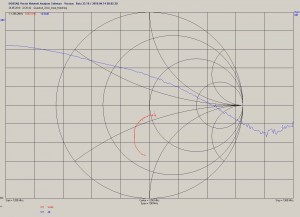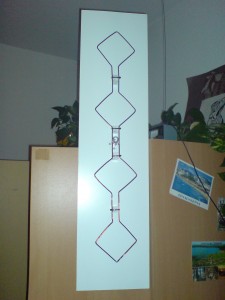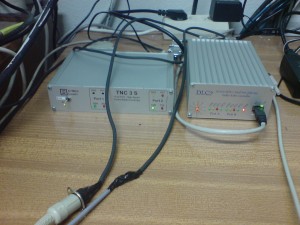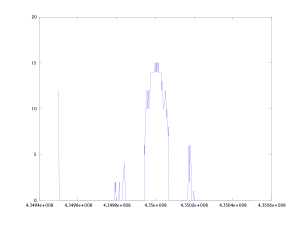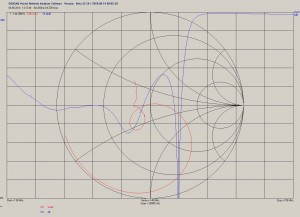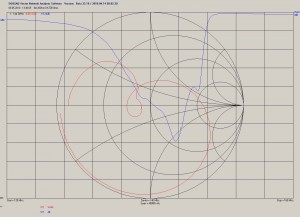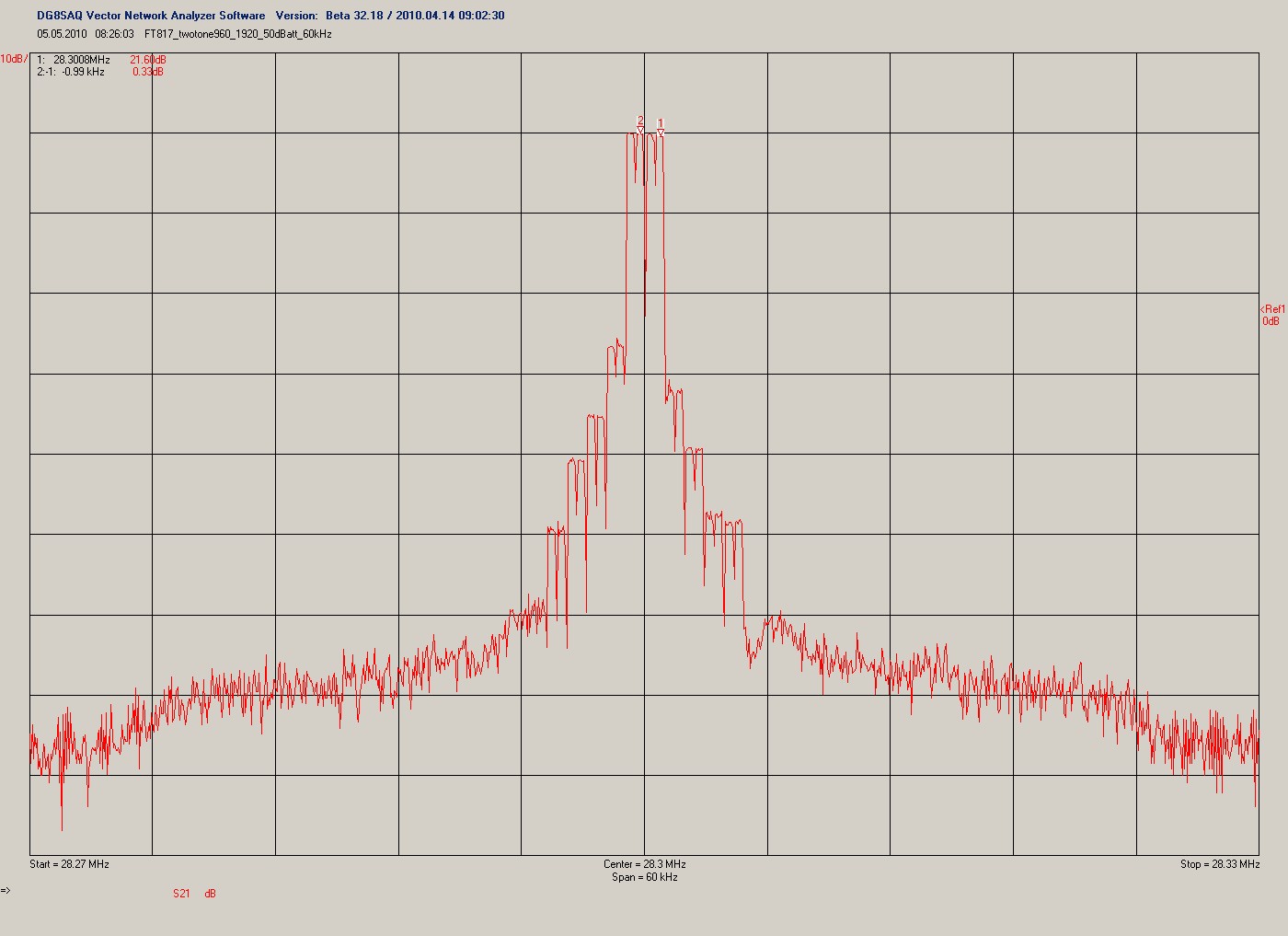mehr Informationen hier: http://dh5ym.hopto.org/wiki/?page_id=450
Falls jemand den Weg nicht findet, versuche ich auf DB0DD (145.675-) QRV zu sein. Alternativ DB0TUD (438.875-).
Anfahrtskizze:
Gepante Vorträge:
– Aktueller Stand Hamnet Tests in Sachsen
– Router unter OpenWRT als Gateway zwischen AX25 und TCP/IP (DH5YM)
– Ubiquity Hardware für Hamnet, selber Compilieren und Konfigurieren (DG1CPA)
– Netzkonfiguration im Hamnet (DL1JAD?)
– Aktuelle Entwicklungen bei D-Star
Weiterhin ist es möglich Antennen bis 23cm vor Ort zu vermessen, Hamnet Equipment kann gezeigt und vorgeführt werden. Sicher ist auch eine Vorführung von D-Star mit Siemens C5 und anderen Geräten möglich.
Selbstverständlich ist es auch noch möglich zusätzliche Vorträge einzutackten.
Noch ein Hinweis: Da die Lokalität normalerweise Samstag Vormittag nicht geöffnet ist kann der Wirt bis zum Mittagstisch kein Essen anbieten.


